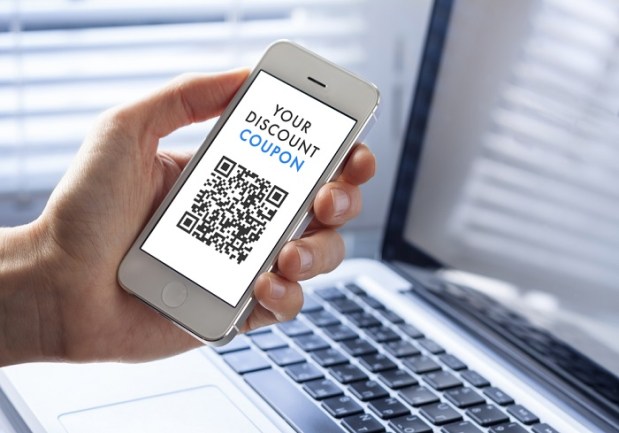Subscription Services Revive Deep Holiday Discounts

After a brief yet intense romance with the daily deal and discount-based promotions, various retailers have backed off from offering blanket price reductions. Many have come to believe that discounts simply subsidize already loyal shoppers without converting new ones, and even the Harvard Business Review recognized in 2011 that race-to-the-bottom pricing strategies among competitors did little but depress profits for strained businesses.
However, this holiday shopping season may be seeing a slow revival of the deep discount – though this time they’re coming from retailers who appear to have learned from their mistakes.
Case in point: Google recently announced that it would attempt to reinvigorate new member conversions of the recently acquired Spotify music streaming service, and the tech giant has taken to deep discounting to make it all happen. Though Spotify normally costs subscribers about $9.99 per month for unlimited streams, skips and a host of other mobile-friendly features, new users will be able to try out the full range of Spotify’s bells and whistles for three months – all for $0.99. The deal, which is active until January 2, 2016, will also stack on top of an additional 3-month, no-charge offer for shoppers who purchase a new Google Chromecast within the same time period, the Tech Times reported.
Google is far from the only brand selectively slashing the fees associated with jumping on board an otherwise paywall-protected, thriving community of users that Spotify enjoys. Amazon has also shown a demonstrated willingness to deeply cut down the “start-up costs” of its subscription-based services and devices, with both its fleet of Kindle e-readers discounted by as much as $20 or $30 at times and its Kindle Unlimited book borrowing platform – a product that normally goes for anywhere from $60 for 6 months to $240 for 24 — slashed between 25 percent and 40 percent off.
If all Amazon and Google were after was higher user statistics on their respective subscriptions, the deep discounts shouldn’t come across as any more noteworthy than the next get-rich-quick retail scheme. However, one shouldn’t put it past retailers of Amazon and Google’s size that they could be playing the long game, and a recent Bloomberg report pointed to deep discounts as a way to entice more amenable holiday shoppers into longer retail relationships.
With Prime subscribers spending an annual average of $1,200 on Amazon as opposed to the $600 from their non-Prime counterparts, Bloomberg noted that many of Amazon’s recent activities can be tied to a philosophy that encourages immediate value for customers based on price at the cost of lower profits to the company. And while streaming hundreds of gigabytes worth of music to new users for three months for less than a dollar can’t spell massive revenue for Google, either, approaching shoppers with low-risk deals during a holiday shopping season where they’re already buying for others can only mean good things for post-holiday status reports on new user acquisitions.
At the very least, lowering the initial burden of signing onto any kind of subscription may allow retailers to engage with an entirely new subset of shoppers. While a lump annual fee like Prime’s $99 price tag or Spotify’s quick-mounting $9.99 monthly charge might scare away those unwilling to shell out any money at all even for a taste of the service, temporarily lowering these fees allows Amazon and Google to reduce the risk to the individual buyer while avoiding perceptions of retailer desperation and low service quality by charging nothing at all.
While that means that judging these strategies will have to wait until the dust settles on the 2015 holiday shopping season, analysts don’t have to wait to pull the trigger on declaring discounts to be alive and well in the subscription marketing field. How long customers will keep biting on these price reduction – and whether retailers can continue to deliver – won’t be clear until well into 2016.